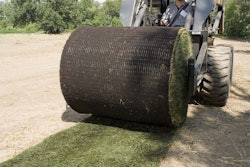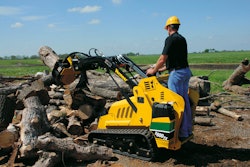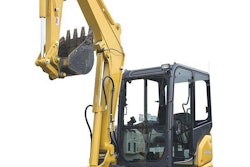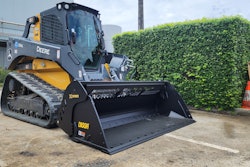The word “drought” is a feared term in the landscaping industry, and unfortunately, the word has already come to light after California Gov. Jerry Brown declared a Drought State of Emergency for California back in January.
As important as it is for landscapers to be ready for the spring season, it’s equally (if not more so) important to be ready for the season after – summer.
With the help of TruGreen, landscapers can follow these general tips on drought and conserving water.
Water Restrictions Awareness: Become familiar with any local watering restrictions related to yards. Light watering too often is not as effective as a slow, thorough watering (about one inch) once or twice a week with the optimum time in the early morning. To ensure uniformity, consider placing a few empty one-inch deep food cans in the sprinkler pattern to measure the amount of water collected after each watering cycle. Adjust watering times and cycles if needed to provide for one inch of water.
Irrigation Efficiency: Ensure sprinkler heads and related water lines are working properly and that the irrigation system provides sufficient coverage. Low water pressure will affect coverage.
Right Plant: Consider drought-tolerant plants and grasses. While mature trees have significant root systems and can typically weather drought conditions, foundation plants and/or new transplants are especially at risk during extremely dry periods. Wait to replace plants until fall for best results.
Feed: Lawns, trees and shrubs seek nourishment even during hot weather. Keep fertilizer applications on target to prevent run-off and sweep fertilizer granules that may reach pavement back onto a lawn.
Mowing Schedule: Mow grass as needed and not as a scheduled weekly chore. To help promote moisture retention and to prevent shock, disease and insects, do not cut more than 1/3 of leaf blade. If possible mow in the evening to allow the lawn to bounce back during the cooler temperatures of night.
Mulch: Return grass clippings back to the soil for added lawn nutrients and consider using composted materials to nourish plants. Apply three inches of mulch to base of shrubs and trees to help conserve soil moisture and to reduce weed pressure, but be mindful not to cover the trunk flare of the tree base.
Healthy turf:
- creates oxygen
- helps cool neighborhoods, blocks, cities and our planet
- traps dusts and pollens
- prevents soil erosion and runoff, and keeps our streams and waterways cleaner











